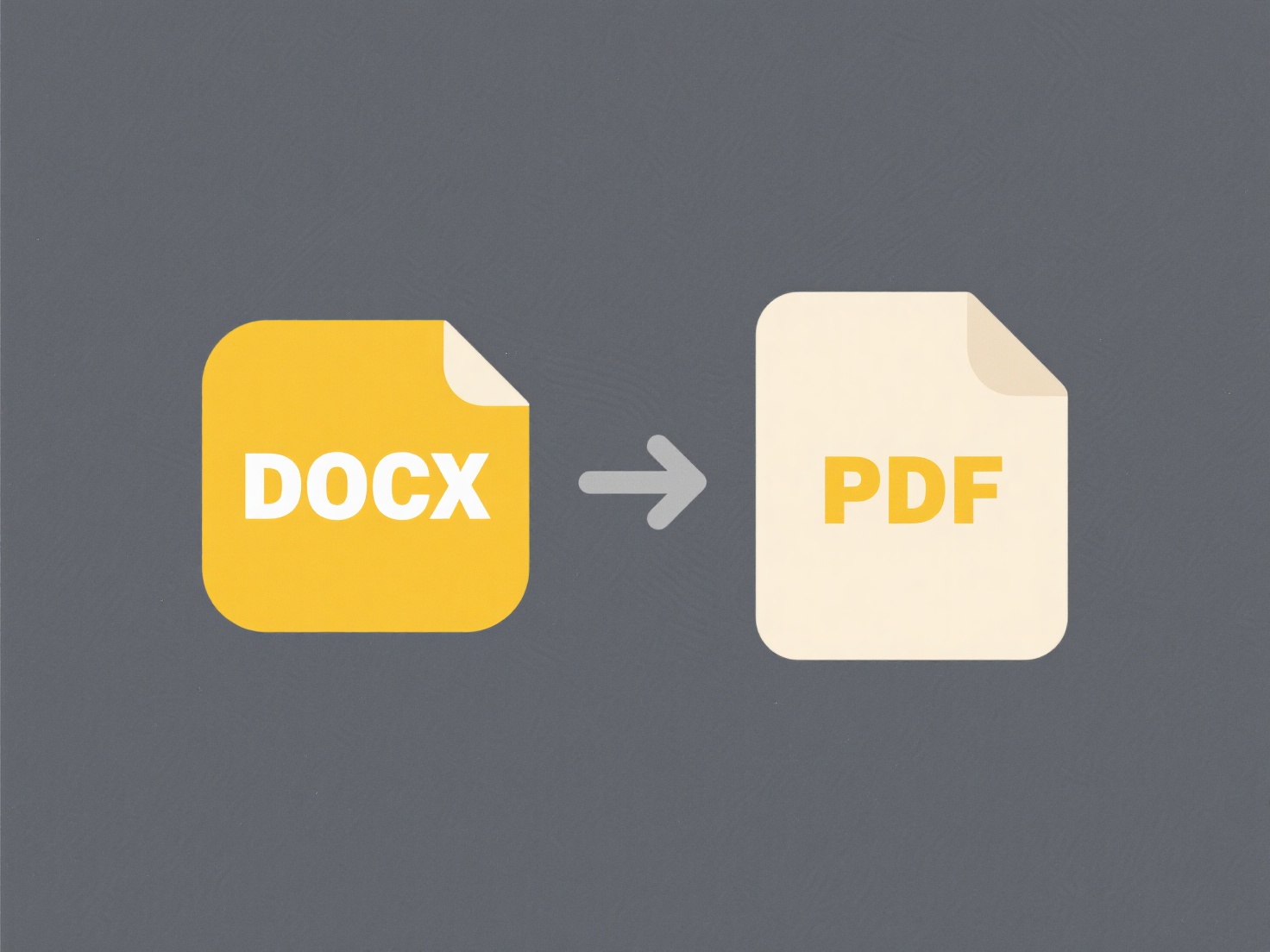
A .docx file is a digital document format created by Microsoft Word, part of its modern Office suite (Word 2007 onwards). It fundamentally differs from the older .doc format by using XML (Extensible Markup Language) and ZIP compression. Instead of storing data in a proprietary binary structure, a .docx file is essentially a compressed package containing separate folders for text, styles, images, and metadata. This XML-based approach makes the file structure more open, modular, and efficient, leading to smaller file sizes and improved data recovery potential compared to legacy .doc files.

.docx is the standard word processing format in countless professional and educational contexts. Employees in corporations use .docx files to draft reports, memos, and proposals. Academic researchers and students submit .docx files for papers and assignments, often adhering to specific style guidelines within the document. Its ubiquitous nature allows seamless sharing and editing across Microsoft 365, Google Docs, LibreOffice, Apple Pages, and many other compatible office suites or web-based collaboration tools.
The primary advantages of .docx include significantly reduced file sizes compared to .doc, less data corruption risk, and structured content enabling features like automated document assembly. Key limitations involve occasional compatibility issues with very old software still requiring .doc, and complex formatting sometimes displaying slightly differently across different software rendering engines. As a widely adopted open standard (ECMA-376, ISO/IEC 29500), .docx ensures long-term accessibility and interoperability, securing its position as the dominant word processing format for the foreseeable future.
What is a .docx file?
A .docx file is a digital document format created by Microsoft Word, part of its modern Office suite (Word 2007 onwards). It fundamentally differs from the older .doc format by using XML (Extensible Markup Language) and ZIP compression. Instead of storing data in a proprietary binary structure, a .docx file is essentially a compressed package containing separate folders for text, styles, images, and metadata. This XML-based approach makes the file structure more open, modular, and efficient, leading to smaller file sizes and improved data recovery potential compared to legacy .doc files.

.docx is the standard word processing format in countless professional and educational contexts. Employees in corporations use .docx files to draft reports, memos, and proposals. Academic researchers and students submit .docx files for papers and assignments, often adhering to specific style guidelines within the document. Its ubiquitous nature allows seamless sharing and editing across Microsoft 365, Google Docs, LibreOffice, Apple Pages, and many other compatible office suites or web-based collaboration tools.
The primary advantages of .docx include significantly reduced file sizes compared to .doc, less data corruption risk, and structured content enabling features like automated document assembly. Key limitations involve occasional compatibility issues with very old software still requiring .doc, and complex formatting sometimes displaying slightly differently across different software rendering engines. As a widely adopted open standard (ECMA-376, ISO/IEC 29500), .docx ensures long-term accessibility and interoperability, securing its position as the dominant word processing format for the foreseeable future.
Quick Article Links
How do I prevent file format loss when saving?
File format loss typically occurs when saving a document in a different format or overwriting the original file, potenti...
What is a .env file and is it secure?
What is a .env file and is it secure? A `.env` file is a plain text configuration file used in software development to ...
How do I find recently installed software or drivers?
Recently installed software or drivers refer to applications or hardware compatibility components added to your computer...